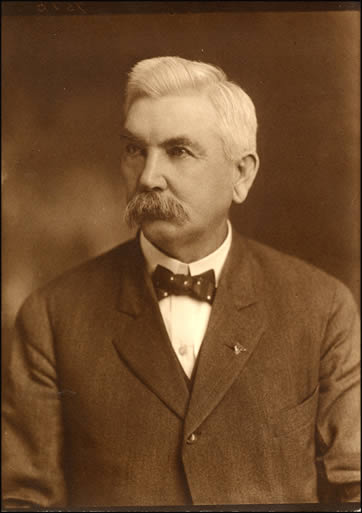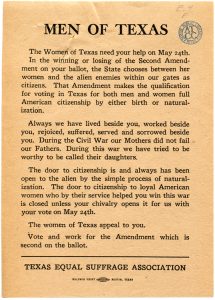
On the left: A call for men’s support of women’s suffrage from the Texas Equal Suffrage Association. Image from the Austin History Center.
Were Texas men in favor of votes for women? Many were—and in fact they had to be in order for women to gain their right to vote, as the legislative body in the suffrage era was exclusively male.
While it’s tempting to view men’s support for women’s suffrage as evidence that policy makers and opinion leaders of that period were motivated to do the right thing, the reality is more complicated.
In some instances, men viewed the extension of the vote to women as an opportunity to “double” the votes of their husbands, assuming that all women would simply follow their husbands’ lead at the ballot box rather than making their own decisions.
Additionally, many of the politicians who supported women’s suffrage—which in their minds equated to suffrage for white women only—did so because they believed that women would generate more “white” votes to counteract those of black men, who had (technically) been granted voting rights with the 1870 passage of the 15th Amendment prohibiting voter discrimination on the basis of race.
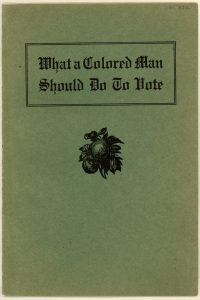
On the left: This booklet helped African American men living in the South navigate turn-of-the-century state voting requirements, which were often structured to suppress minority voting access. Image from the Library of Congress.
Among the ranks of noteworthy Texas men supporting suffrage were:
Titus Howard Mundine (1826-1873), a politician from Burleson County who was noted for opposing Texas’s secession from the Union in 1861. At the state’s Constitutional Convention of 1868-1869, Mundine shocked many of his colleagues by proposing suffrage for women and African-Americans. His motion did not prevail, but Mundine retains a place in history for likely being the first man in a position of power to formally propose women’s suffrage.
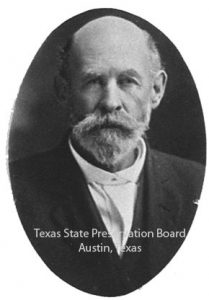
On the left: Jess Alexander Baker. Image from the Legislative Reference Library of Texas.
Jess Alexander Baker (1856-1921), a merchant and five-term state legislator who represented multiple counties.
Baker established a track record of supporting what at the time were viewed as progressive policies, including mandatory school attendance for Texas children and votes for women. In 1907 and 1911 he introduced suffrage amendments to the state constitution, and in 1917, he co-sponsored a bill that would grant women the right to vote in the state’s primary election, as well as a bill that would put the question of suffrage in front of Texas voters. Though all of these measures failed to prevail, they helped propel momentum behind the statewide suffrage movement.
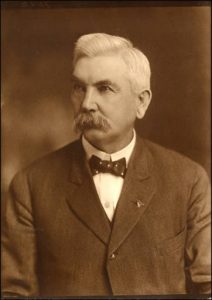
Charles B. Metcalfe. Image from the Austin History Center.
Charles B. Metcalfe (1856-1941), a rancher and state legislator (from 1914 to 1918) representing San Angelo. Metcalfe’s wife, Margie Moyers Metcalfe, was the Tom Green County chairwoman for the Texas Equal Suffrage Association. More on that here»
In the 1918 special legislative session called after the impeachment of anti-suffrage Governor James “Pa” Ferguson, Metcalfe authored another primary suffrage bill that would this time prove victorious.
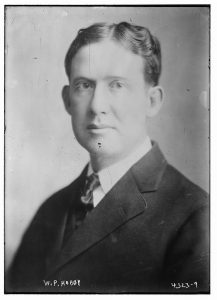
William P. Hobby. Public domain image.
William P. Hobby (1878-1964), newspaper publisher and politician from Houston.
Hobby became the governor of Texas (1917-1921) following the impeachment James Ferguson’s impeachment on charges of misappropriation of state funds. Though Hobby assumed office during a world war, a statewide drought, and the storm of a political scandal, he still found the bandwidth to champion women’s suffrage, thanks in no small part to the influence (and pressure) of suffrage movement leaders who had supported his election. Hobby was the governor when Texas ratified the 19th amendment on June 28, 1919.

